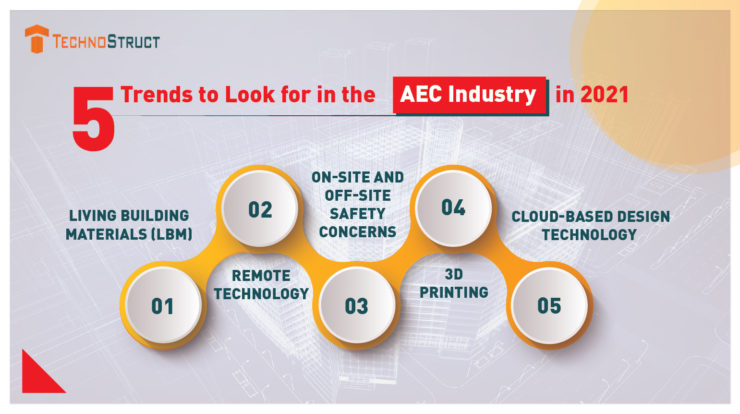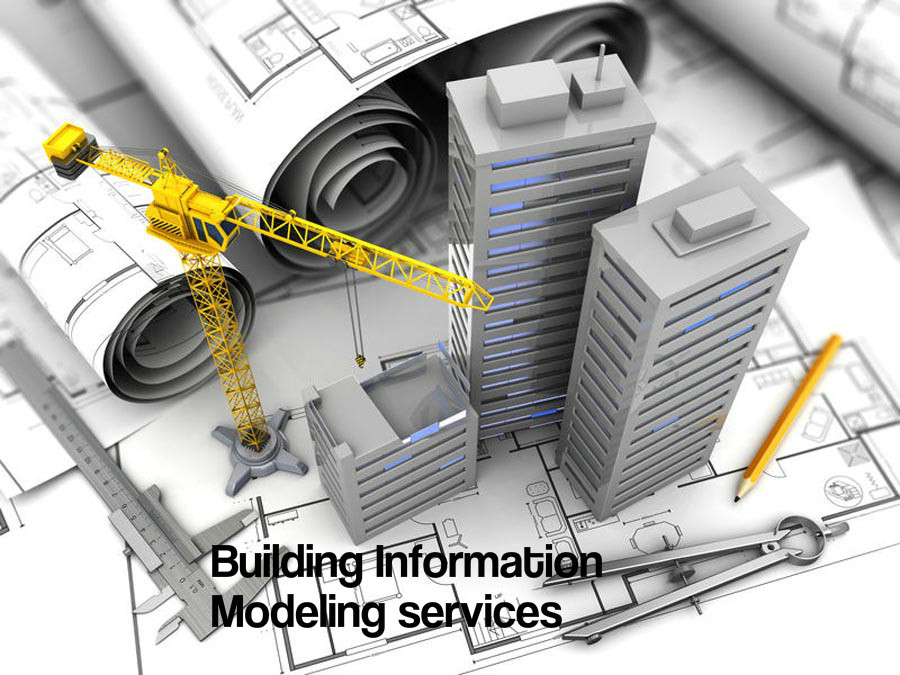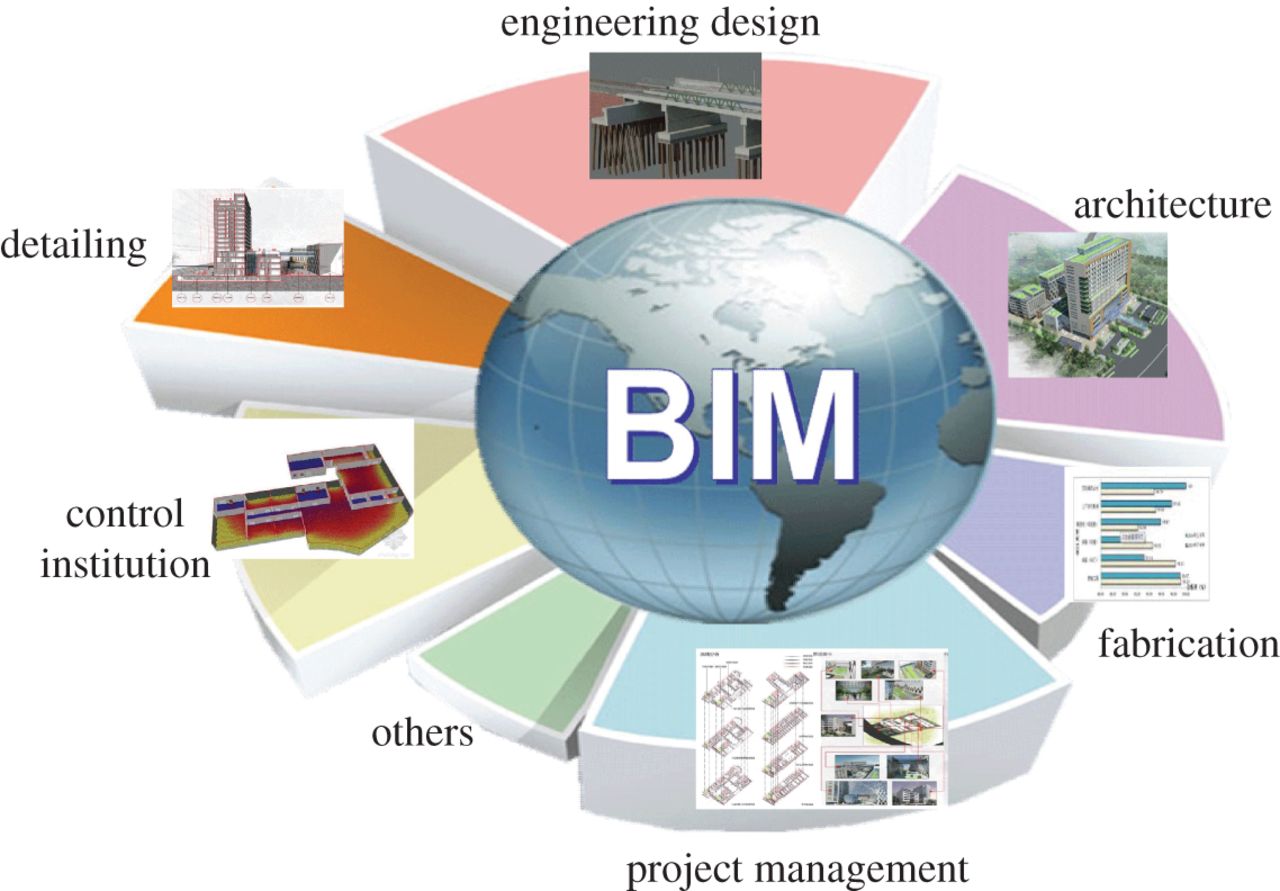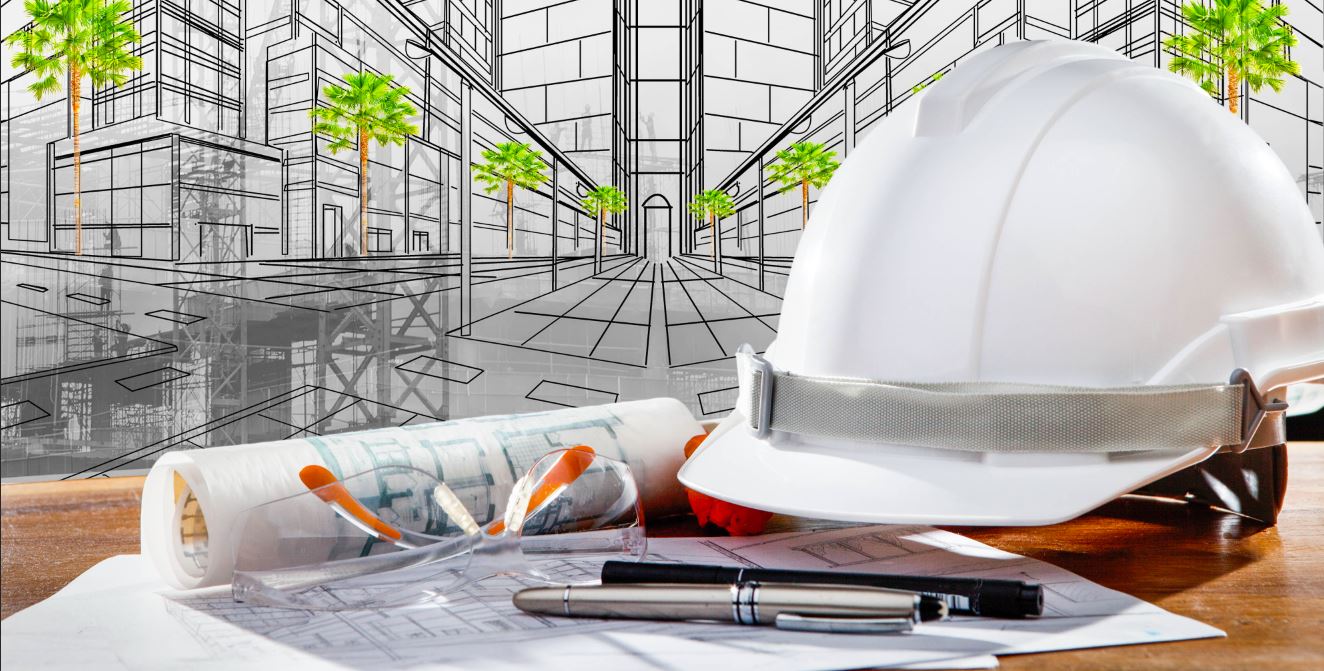
With innovation comes change for the better, and the architectural, engineering, and construction (AEC) industry thrives on the technological disruptions to offer an advanced and more effective environment for the businesses to grow. In 2020, the Coronavirus-led global pandemic has caused several unprecedented interferences not just in the construction industry but in every sector. It has taken a downturn due to the repercussion of the subsequent lockdowns and home quarantines. According to the U.S. Bureau of Economic Analysis (BEA), the GDP from the construction industry in the United States has taken a plunge from $665.10 to $615.80 billion in the second quarter of 2020.
For the construction industry, trends change at every level, whether it is remote working, better collaboration through digital software, shift in resources, invention of new material for construction, breaks in the supply chain, or cash flow disruption. However, the year 2020 had a dry spell for the AEC industry, and against all the odds is ready to expand its horizons for the upcoming year.
Here are the construction industry trends to look for in 2021 that will help enhance business work processes and offer better designs:
1. Living Building Materials (LBM): The adoption of living materials such as self-mending concrete, mycelium composites, and biological compounds is one of the most exciting trends to watch, as these materials have the capacity to grow themselves. Though the LBMs are still in the experiment stage, but they are poised to move into full-scale productions in the near future. These materials are saturated with bacteria or fungi that bind the structural integrity together, and grow in the pores of concrete, cracks, or fissures, filling and repairing them while also adding to its permeability.
Fun fact: Dell computers packs their high-end gear in mycelium material instead of Styrofoam packing.
2. On-site and Off-site Safety Concerns: Earlier, during the pre-COVID-19 scenario, the safety and security of the workforce meant employing and adopting safety gears practices and policies, whereas, today, organizations have to tend to their business needs while focusing on creating policies, rules, and regulations to maintain social distancing, offer enhanced equipment, cleanliness protocols, safety and hygiene like mask and hand sanitizers, among other things.
3. Remote Technology: The trend to adopt remote technology will be a top priority for most construction businesses, whether big or small, in 2021. From integrating digital software to investing in UAVs (drones), organizations will integrate these technologies to enable enhanced work collaboration and the flow of information and improve safety standards.
Fact: Construction is the fastest-growing adopter of commercial drones, according to DroneDeploy, a drone surveying, and mapping app.
4. 3D Printing: Though this AEC trend was expected to take a huge piece of the pie in 2020, but due to the COVID-19 pandemic, it went out of the picture, and modular, and prefabrication construction soared. 3D printing technology reduces the job site work, as it is essentially a big nozzle laying concrete in vertical piles as per a programmed design.
Fun Fact: 3D Printing is being adopted commercially worldwide and is expected to grow rapidly. A 3D homebuilding company raised $35 million post-printing an entire neighbourhood in Mexico.
5. Cloud-based Design Technology: BIM and VDC have been popular construction trends before the pandemic and were confined to on-premise installations, but with the advent of the Coronavirus pandemic and advancement in cloud technology, such powerful tools have become even more accessible. Further adoption of these technologies will enable the designers to actually construct the building in the virtual world before it is built in the real world, and also find coordination issues, intricate connections, unaccounted for components, among other key areas to save cost.
Conclusion:
Collaborative and project management software have helped the industry thrive in 2020 and will continue to impact the industry extensively. Further, the construction industry, just like any other sector, is not immune to the changes in the environment or technology. Thus it is quite unpredictable to estimate what the future of the AEC sector will be in the coming year.
“Concerning where the demand is great, the U.S. West Coast, Singapore, the U.K., and Australia are rife for more projects. Specifically, the people in these areas are looking for modular buildings.” – Compare Camp.
TechnoStruct LLP is a leading BIM Service Provider in CA with offices in TX, WA and NY. that specializes in providing mechanical and engineering solutions, designing, solar engineering solutions, and construction solutions to commercial projects across industries, with a diversified range of services including but not limited to BIM consulting services, Mechanical Electrical Plumbing (MEP) engineering and designs, Mechanical Subcontractor, Solar, Electrical Subcontractor, and many more.



